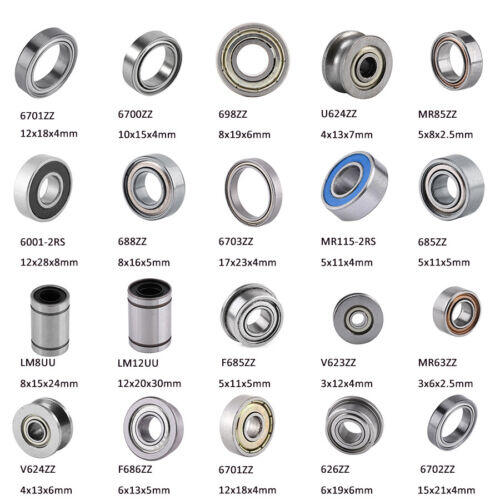Miniature and instrument bearings
Miniature are characterized by their compact size, lightweight construction, high speed capability, and high precision. They are typically made of metal, and consist of rolling elements (usually steel balls or cylindrical rollers) along with outer and inner rings. These rolling elements are distributed between the inner and outer rings to minimize friction while providing support and positioning. The geometric shape and precision of the rolling elements and ring components are crucial for ensuring proper functioning of miniature bearings.





Comments
Post a Comment